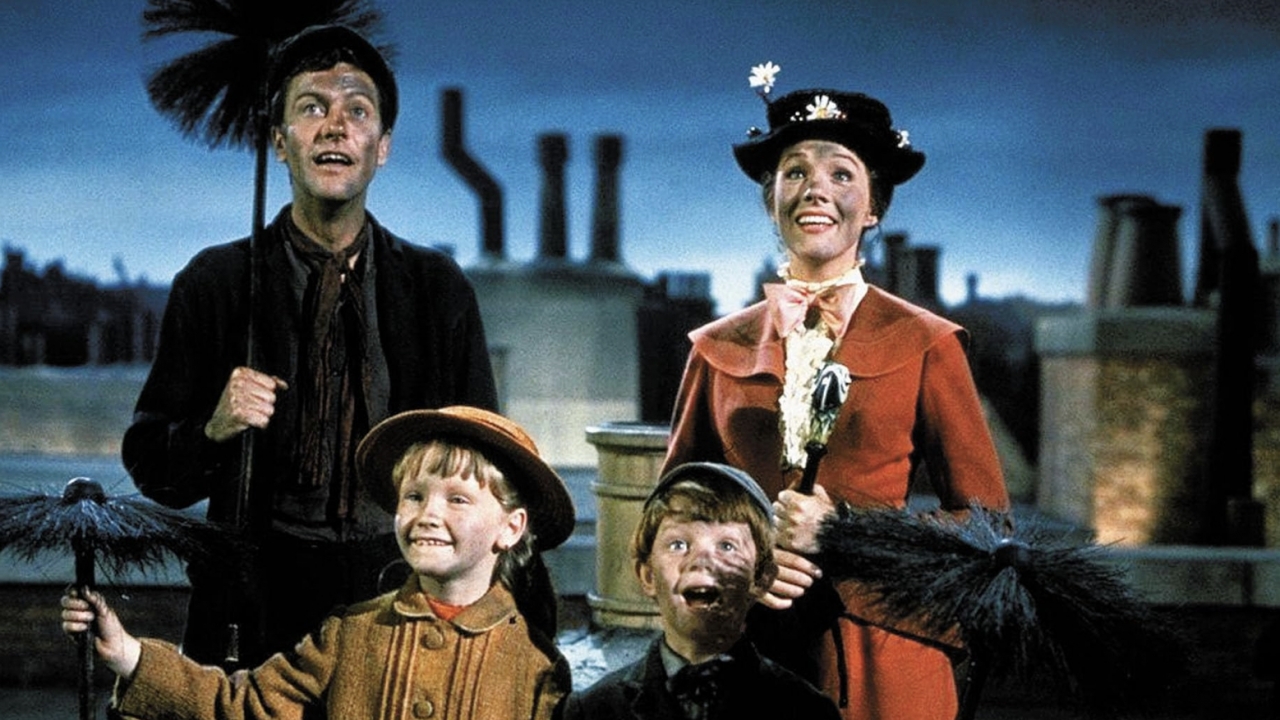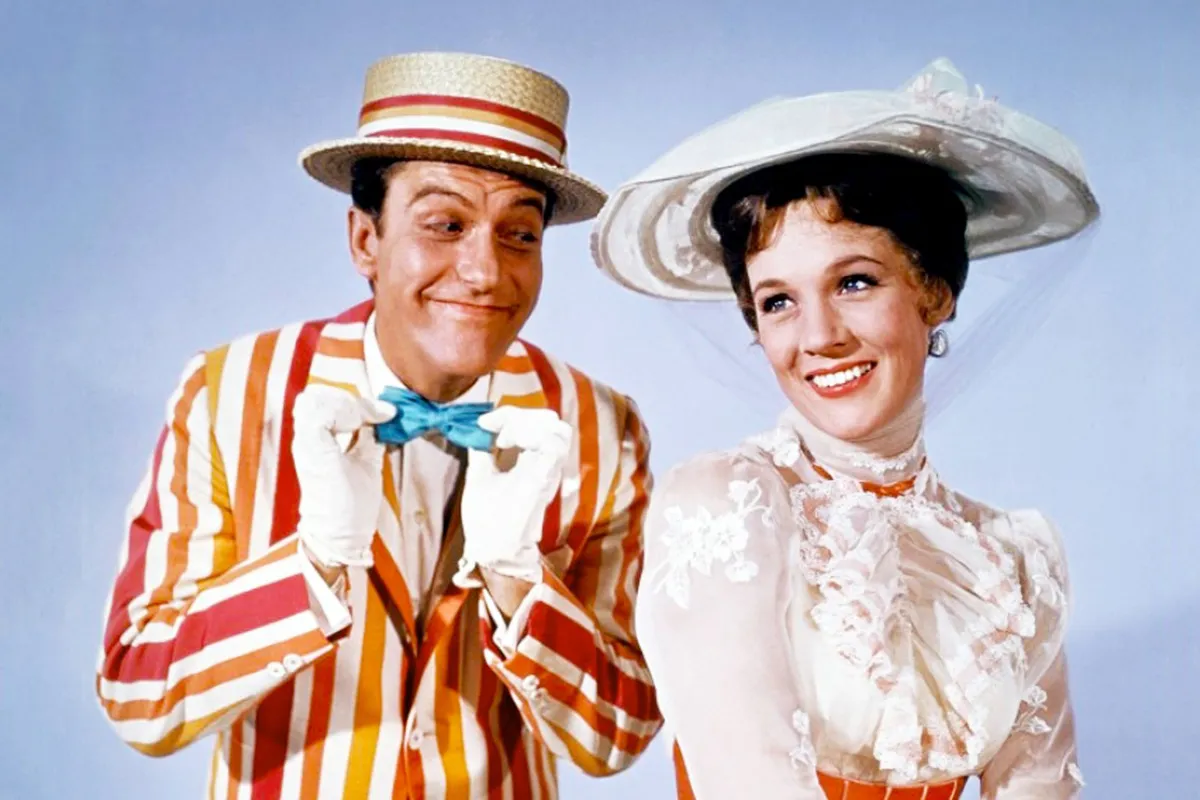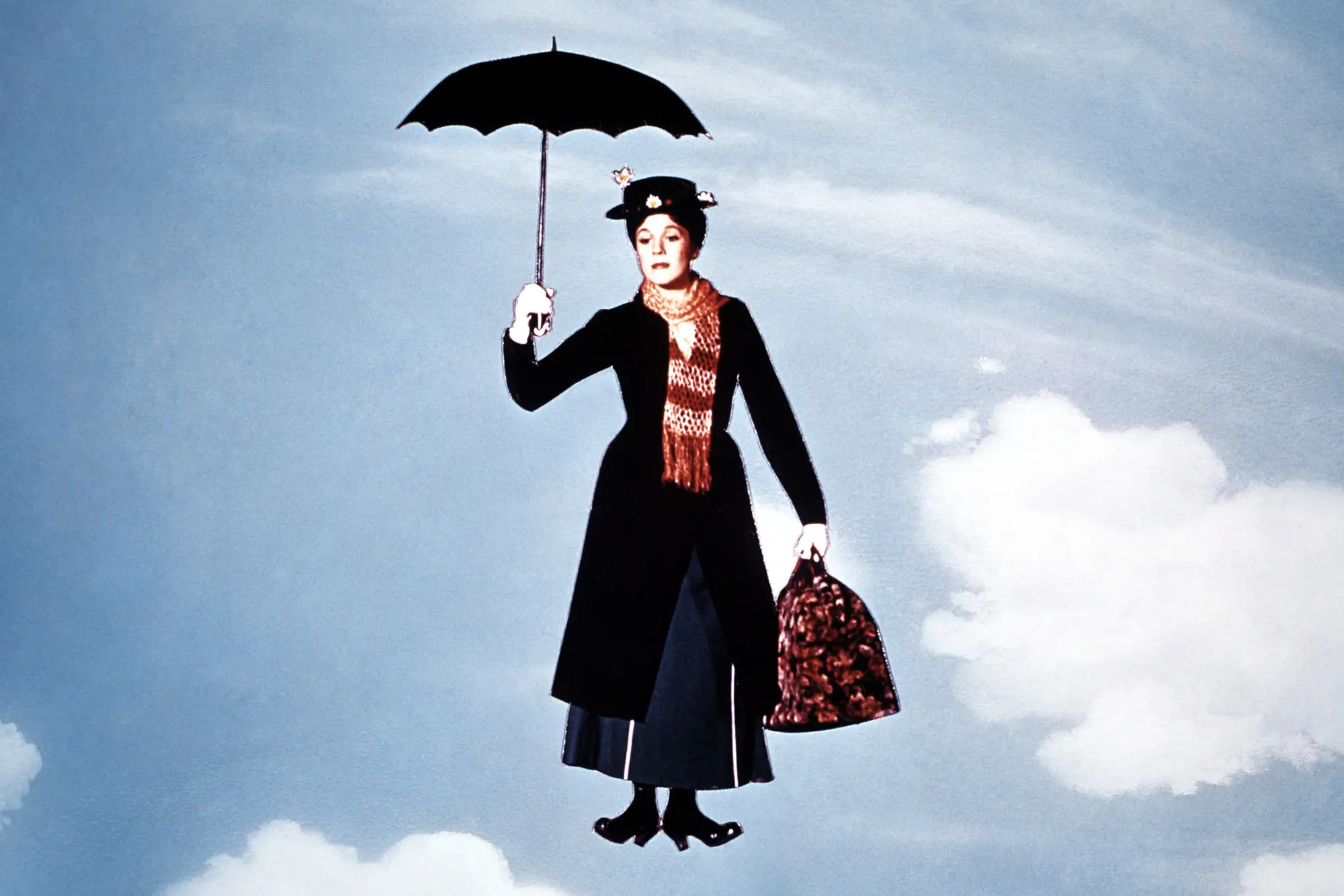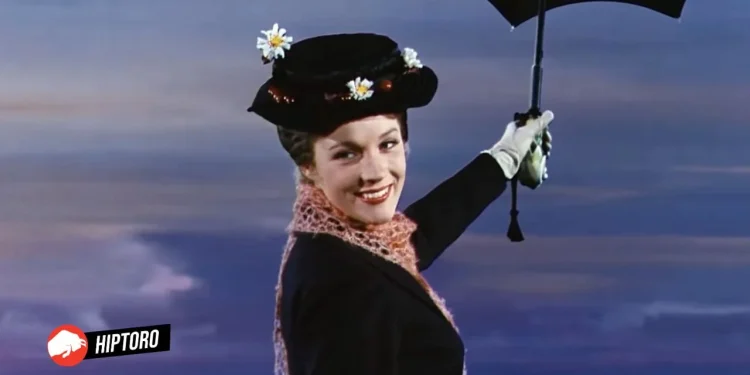In an unexpected turn for cinema enthusiasts and families alike, the timeless charm of “Mary Poppins,” a film that has captivated audiences since its release in 1964, faces modern reevaluation. The British Board of Film Classification (BBFC) has recently adjusted the film’s age rating from U (Universal) to PG (Parental Guidance). This decision, propelled by the presence of ‘discriminary language,’ invites a reexamination of the narratives we’ve cherished and the lessons they impart to new generations.
Starring Julie Andrews as the enchanting nanny who descends from the clouds, and Dick Van Dyke as the affable Bert, “Mary Poppins” has been a staple of family entertainment, weaving magic, music, and a touch of whimsy into the lives of the Banks children. Yet beneath its surface of spoonfuls of sugar and fantastical flights, the film harbors elements that today’s audiences—and guardians of cultural sensitivity—find problematic.

A Closer Look at the Controversy
The pivot of the controversy centers around a term used by the character Admiral Boom, portrayed by Reginald Owen. Described as using the Dutch term “Hottentots,” a pejorative term dating back to the 1600s used by white Europeans for the Khokhoi, an indigenous group from South Africa, the movie inadvertently casts a shadow on its legacy. The term, reflective of a colonialist and racist past, has sparked debate about the film’s suitability for unguided viewing by children.
It is worth noting that the BBFC’s decision was influenced not only by the discriminatory language but also by the absence of any counter-narrative or condemnation of such language within the film’s context. The board, in its statement, highlighted the importance of protecting children from exposure to discriminatory behavior that they might unknowingly replicate, underscoring the role of media in shaping societal values and norms.

The Conversation Around Cultural Sensitivity
This development brings to the forefront the ongoing conversation about cultural sensitivity and the reevaluation of historical content. While “Mary Poppins” remains a beloved classic, the increased rating serves as a reminder of the evolving landscape of societal values and the need for awareness and understanding of the impact of language and representation.
WATCH why #MaryPoppins has been changed from U to PG rating for this discriminatory language..
Can you spot it? pic.twitter.com/ImlkbGVnU9
— WhatIfThereWereNoConspiricies™ (@maybeinterestin) February 27, 2024
The film’s enchantment, characterized by its light and fun tone, alongside moments of fantasy that have delighted viewers for nearly six decades, now comes with a caveat. It encourages parents and educators to engage with children about the content they consume, fostering an environment of learning and growth that acknowledges the complexities of history and the importance of empathy.

Moving Forward with Mary Poppins
As “Mary Poppins” continues to float into the hearts and homes of viewers old and new, its new PG rating is a call to view our cherished classics through a lens that respects the diversity and dignity of all. It serves as an opportunity for dialogue and education, allowing the magic of movies to not only entertain but enlighten.
In the end, the story of Mary Poppins and her adventures with the Banks children remains a testament to the power of care, imagination, and the possibility of change. As we navigate the nuances of past narratives, we are reminded of the responsibility that comes with storytelling and the collective journey towards a more inclusive and understanding world.










